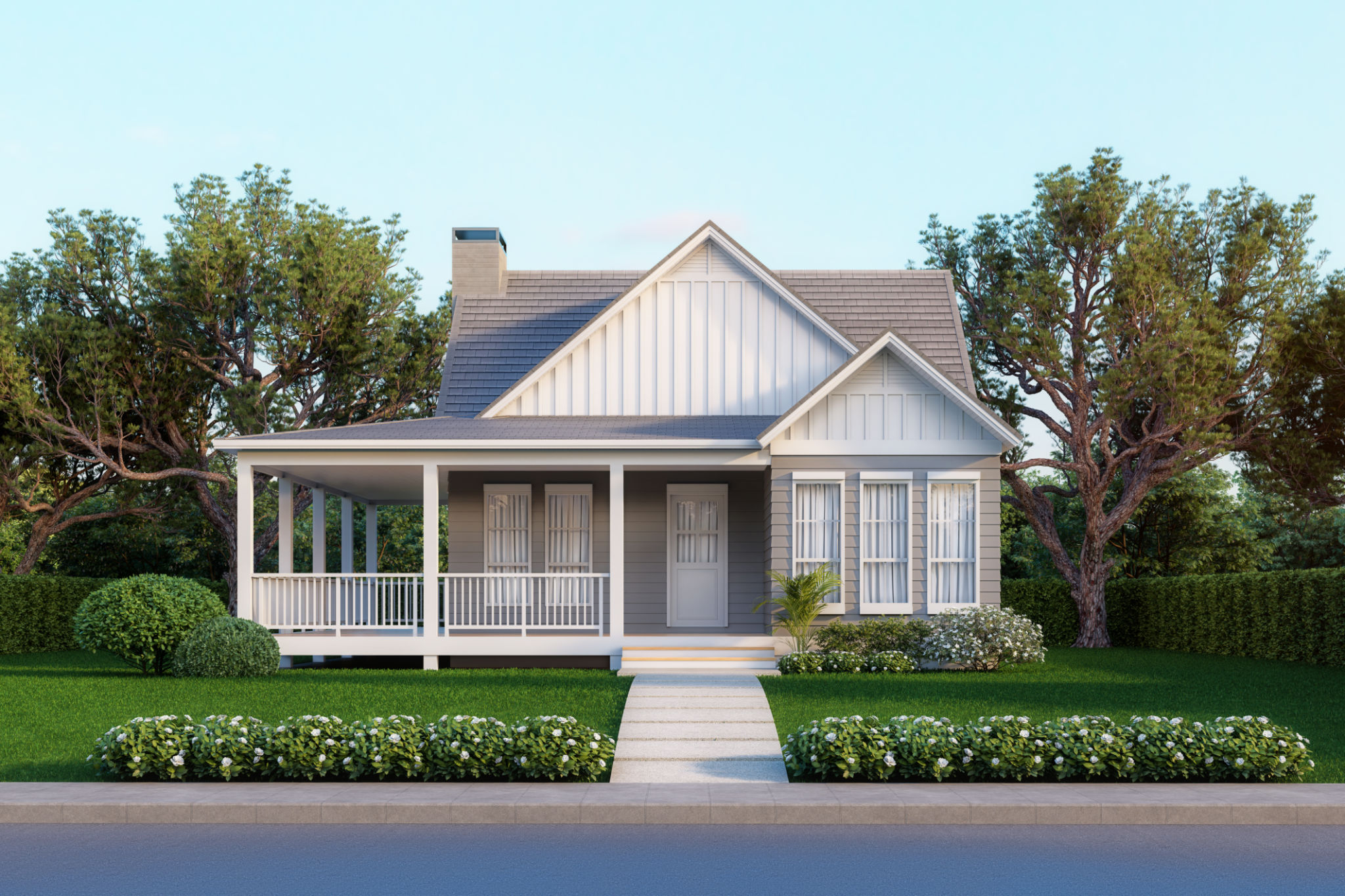Shipping Container Homes vs. Traditional Tiny Homes: Which is Right for You?
Introduction to Tiny Living
As the trend toward minimalistic and sustainable living continues to grow, more people are exploring alternative housing options. Two popular choices are shipping container homes and traditional tiny homes. Both offer unique benefits and challenges, but deciding which is right for you depends on various factors including budget, design preference, and lifestyle needs.

Understanding Shipping Container Homes
Shipping container homes are exactly what they sound like: homes built from repurposed shipping containers. These metal structures are durable and eco-friendly, making them an attractive choice for those looking to minimize their carbon footprint. Additionally, they can be stacked and customized in numerous ways, offering a great deal of flexibility in design.
One of the primary advantages of shipping container homes is their affordability. Since the basic structure is already in place, costs can be significantly lower compared to building a home from scratch. However, it’s important to consider the expenses associated with insulation, plumbing, and electrical work, which can add up quickly.

Exploring Traditional Tiny Homes
Traditional tiny homes, often built on wheels, offer a more conventional approach to small living spaces. These homes are designed to be compact yet functional, maximizing every square inch for usability. The charm of a tiny home often lies in its quaint design and clever storage solutions.
One of the biggest appeals of traditional tiny homes is their mobility. Many are built on trailers, allowing homeowners to travel or relocate with ease. This can be particularly appealing for those who enjoy a nomadic lifestyle or want the freedom to move without the hassle of selling their home.

Comparing Costs and Regulations
When it comes to cost, both options have their pros and cons. Shipping container homes can be cheaper upfront but may incur higher modification costs. Traditional tiny homes might have higher initial costs due to custom building but usually involve fewer additional expenses for making the space livable.
Regulations also play a crucial role in deciding between the two. Shipping container homes might face stricter zoning laws or require special permits, whereas tiny homes on wheels can often bypass some residential building codes due to their classification as recreational vehicles.
Lifestyle and Aesthetic Considerations
Your personal lifestyle and aesthetic preferences will also influence your decision. Shipping container homes often appeal to those who enjoy an industrial or modern look, while traditional tiny homes might attract those who prefer a cozy, rustic style.
Consider how you plan to use the space. If you need a home office or extra room for guests, a shipping container's modular design might offer more flexibility. On the other hand, if you're seeking a simple lifestyle with minimalistic charm, a traditional tiny home could be ideal.
Conclusion: Making the Right Choice
Ultimately, the decision between a shipping container home and a traditional tiny home comes down to your personal needs, budget, and lifestyle preferences. Both offer unique benefits that cater to different aspects of sustainable and minimalist living.
Before making a decision, it's crucial to weigh the pros and cons of each option and consider how they align with your long-term goals. Whether you choose the industrial appeal of a shipping container or the quaint charm of a tiny home, both paths offer a chance to embrace a simpler, more intentional way of living.
